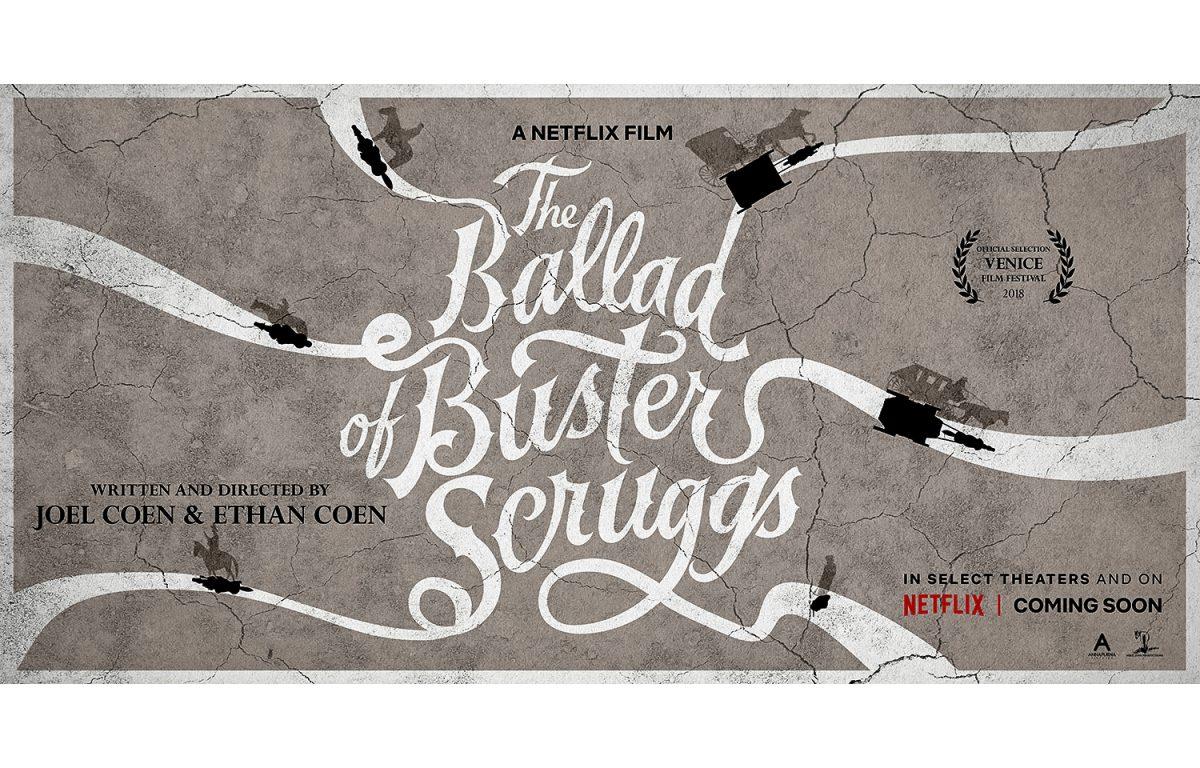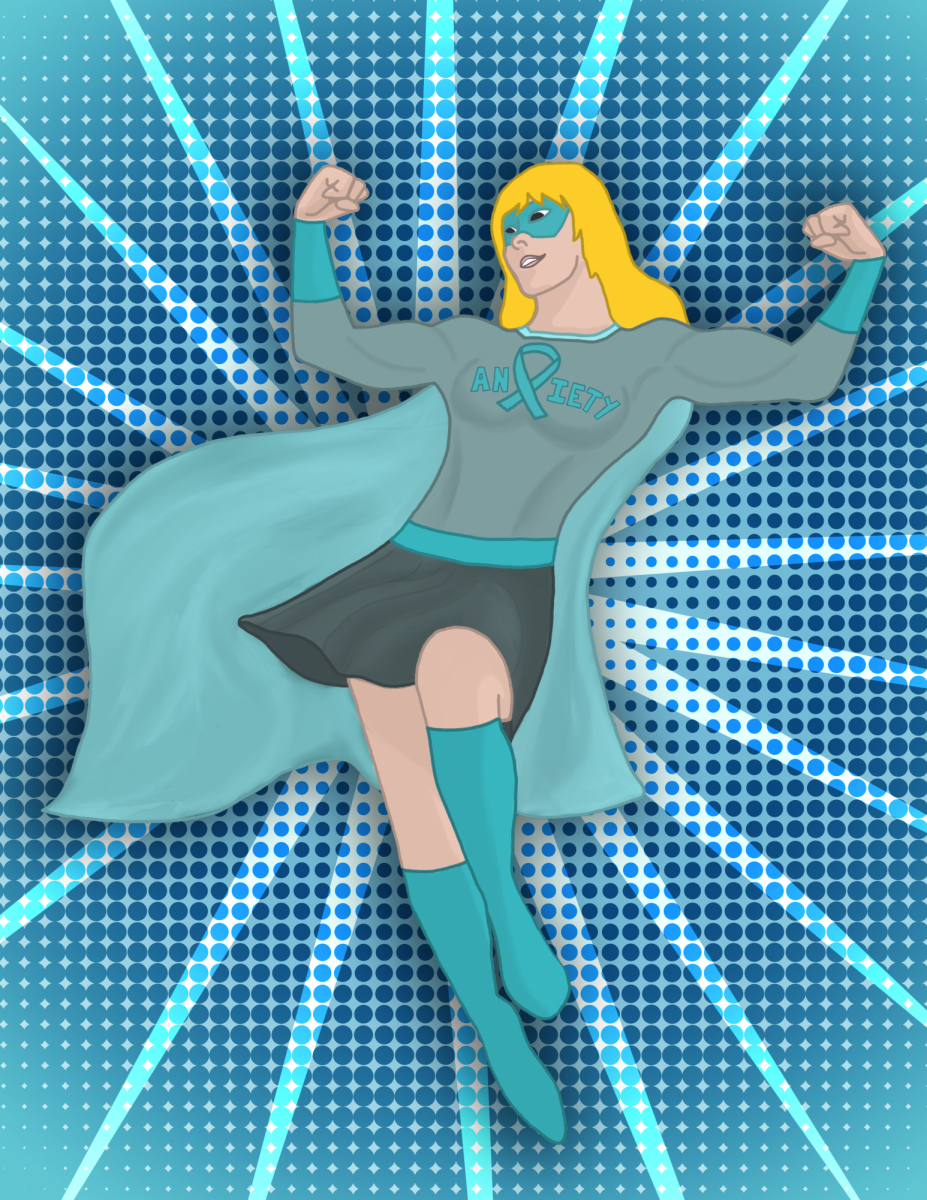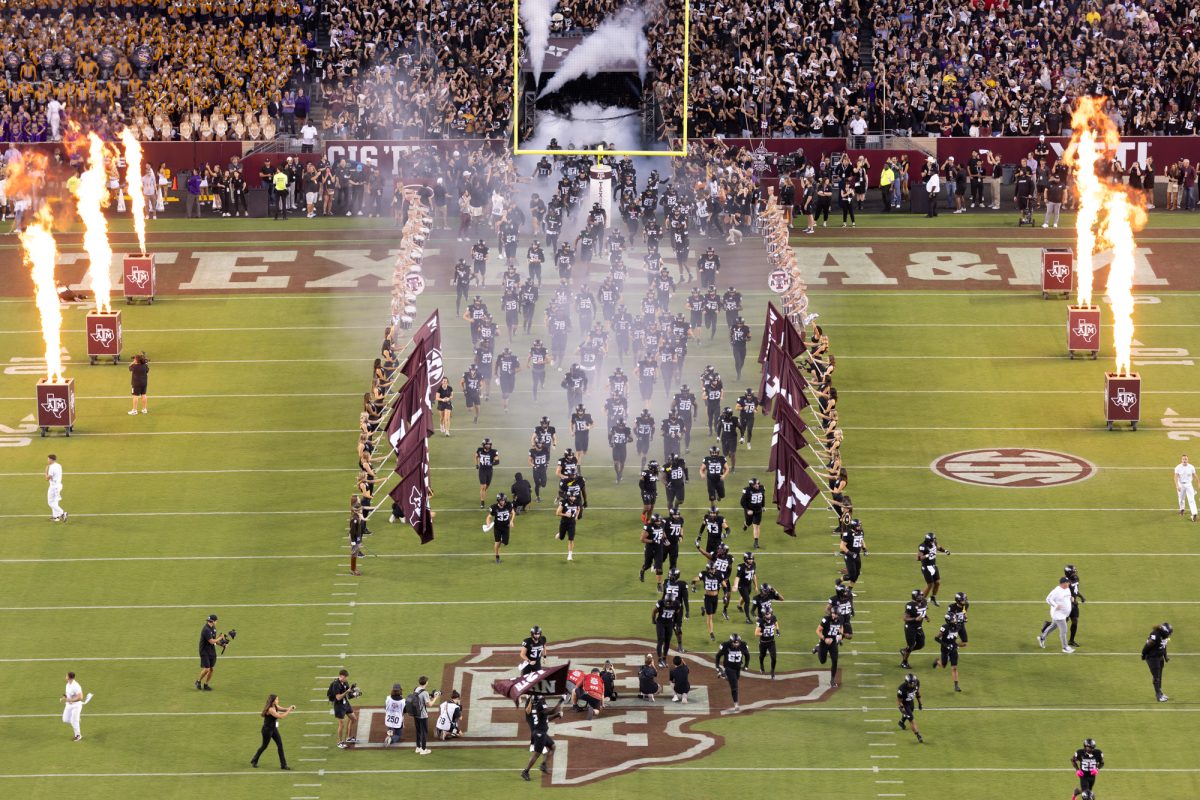Joel and Ethan Coen are among the most influential and well-known American directors of this time period and are no strangers to the western genre. Over the course of their illustrious career, the directorial duo have directed three western films. “No Country for Old Men,” which adapted Cormac McCarthy’s novel, thrusted the western genre back the twenty first century, and “True Grit” provided a new interpretation of the classic John Wayne film. However, despite their reputation with the western genre, the Coen Brothers struggle to maintain a coherent story in their latest work, “The Ballad of Buster Scruggs.”
The film, which was originally designed to be a television series, is a collage of six individual westerns stories that have nothing in common except the signature Coen brother touch. However, the pleasant characters and nihilistic style that fans of Coens have grown accustomed to, is heavily restricted in this format. The constant changing of scenery and characters is jarring and diminishes the overall emotional impact of the individual vignettes. Most of the stories deserved to be presented individually in a television episode or a standalone film, so the lack of depth is irritating.
With the style of individual plots instead of an overarching narrative, it is almost impossible for the quality of these stories to be equally distributed across every story. Even as great as the Coen brothers are at paving new cinematic paths, they struggle to keep a uniform quality throughout each of their stories. This inequality is frustrating, and the film struggles to maintain a central message. The film’s sporadic tone is understandable to a certain extent as the anthology is made up of western stories that the Coens have been writing on and off for most of their career, but does not excuse the lack of continuity of the combination of these ideas.
Tim Blake Nelson as the titular character Buster Scruggs is a perfect example of how good the film could’ve been had the Coens given each story a full runtime. As Scruggs weaves his way in and out of trouble, he switches back and forth between singing and directly addressing the audience. Nelson wonderfully fills the role of Scruggs, and his work as the nicely dressed, singing cowboy floods back the nostalgia of Nelson’s singing role in the Coen Brothers’ film “O Brother Where Art Thou.” This segment is by far the most intriguing of the six, and this is solely due to Nelson. Unfortunately, this is this also shortest story of the collection, and the bliss of Nelson is soon ripped away as the film moves on to the next story.
Although the film is shot in some of the beautiful landscapes this country has to offer, the totality of landscape’s allure was restricted by the choice to use digital film over celluloid. This film is the first of the Coens to be shot on digital film, and the choice is confusing. Also, Bruno Delbonnel, the director of photography, has worked with the Coens in the past on the films “Inside Llewyn Davis” and their short film that was featured in “Paris, je t’aime,” so this only adds to the irregularity of this choice. The scenery of the film, despite its natural, overwhelming beauty, is given a counterfeit feeling by the use of digital film.
Overall, the Coen brothers’ latest film doesn’t live up to the exceeding high standards the filmmakers have set for themselves. Despite the clear creativity of some of the stories, the “The Ballad of Buster Scruggs” feels like a collection of the brothers’ unfinished ideas all thrown together on screen.
“The Ballad of Buster Scruggs” is streaming on Netflix.
Rating 3/5
“The Ballad of Buster Scruggs:” A lackluster western collage
November 19, 2018
Life & Arts writer Cole Fowler says “The Ballad of Buster Scruggs” feels like a collage of unfinished work.
0
Donate to The Battalion
$1745
$5000
Contributed
Our Goal
Your donation will support the student journalists of Texas A&M University - College Station. Your contribution will allow us to purchase equipment and cover our annual website hosting costs, in addition to paying freelance staffers for their work, travel costs for coverage and more!










